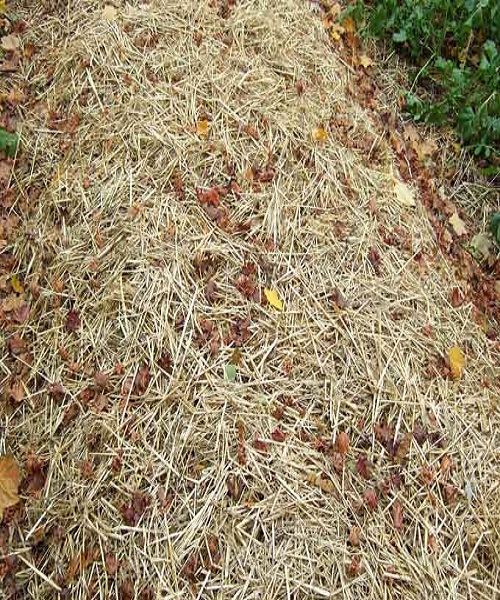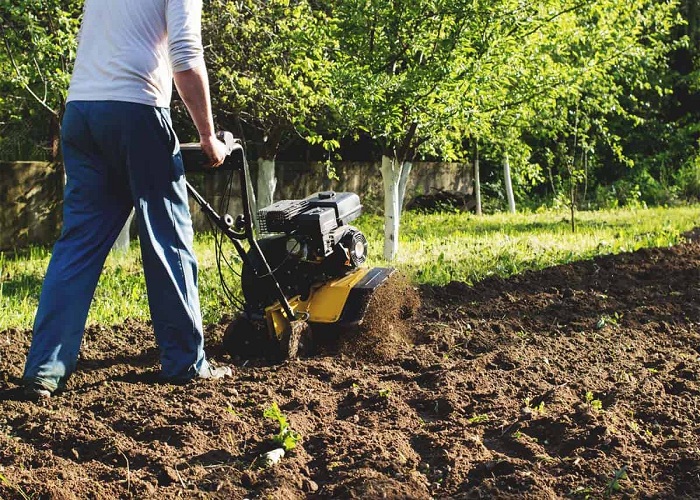If you want your garden to be in good condition and full of energy the next year, one of the most important things you can do this fall is not till it under. In point of fact, the less digging you do in your fall garden, the better it will be for you.
Here’s a comprehensive look at the problems associated with fall tilling, along with several excellent options for finishing up your garden this season in a way that will assist to practically eliminate next year’s weeds and enhance your garden’s soil.
3 reasons why you shouldn’t till your Fall garden.
Eliminate Next Year’s Weeds
The number one way to get more weeds in your garden is to till it. Which means more work for you in the long run to get rid of them.
Even more so when it comes to late-fall vegetable garden tilling. How so? By the end of summer and the beginning of October, most gardens have more than their share of weeds.
Weeds often take over after crops have been harvested and plants are starting to die off.
And many of those weeds have already developed flowering tops, where seeds can be dispersed.
Also, many of the old vegetable plants have begun to shed their spoiled or otherwise flawed fruit to the ground. Plus, there are probably a lot of seeds still within that rotting fruit.
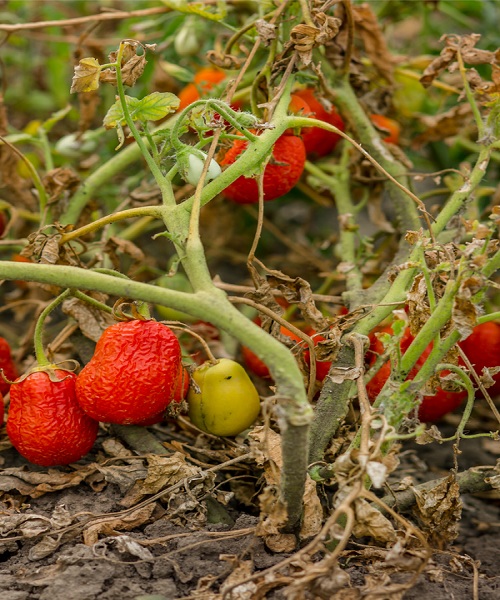
Preventing the Spread of Disease
Numerous soil-borne illnesses can seriously impact vegetable gardens. At the top of the list is blight. Produce including tomatoes, potatoes, peppers, and more are all vulnerable to blight. Year after year.
And tilling can aid in its distribution once more. Unfortunately, it can aid in the spread of the illness by mixing in the plant debris and roots of crops like tomatoes.
These crops should be pulled out of the garden rather than tilled in at the end of the season. And while you can compost the leaves from most crops, you should not put your tomato, pepper, or potato plants in the compost bin.
There are just too many disease problems with these plants. They can readily infect the plants of the following year if you throw them in your home compost pile.
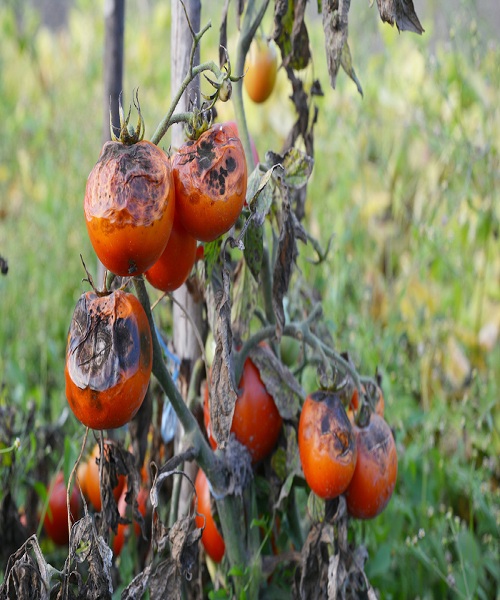
Keeping the soil’s structure and preventing erosion
Finally, you shouldn’t leave your garden’s soil naked over the winter. Having your garden tilled in the fall can make it seem good, but it leaves your soil vulnerable to the elements of winter, such as snow, wind, and rain.
It is possible for as much as one-eighth of a garden’s topsoil to be lost to erosion over the winter months if the soil is left exposed. And tilling is the best approach to remove all vegetation and leave a blank slate. When the soil is exposed, thousands, if not tens of thousands, more weed seeds can be blown in and begin to grow.
One more way tilling can wreck a garden is by breaking up the soil’s natural structure. And in a few major ways that will have long-term negative effects on your garden’s productivity.
The Harm Caused by Tilling
To begin, it might make the area just under the tines impermeable to water. Commonly referred to as “hard-pan soil,” this condition makes it impossible for a garden to drain excess water.
The tilled soil may not be as beneficial as people think. The deeper you dig, the more the dirt is worked and hence the easier it is to pack down. The soil’s channels and airways, created by root and earthworm activity, are also destroyed by tilling.
Because of these channels, oxygen and water may reach the plant’s roots. More extensive tilling has a destructive effect on the channels. The more space is left between soil particles, the more densely they will pack.

The Most Effective Way to Prepare Your Garden For the Winter
The first step is to remove any vegetation from your garden and then cover it. Planting a soil-renewing cover crop, covering it with leaves or straw, or, as a last option, using a tarp!
Planting a cover crop is the most effective strategy. In addition to providing a protective layer of leaves, cover crops also help revitalize the soil and return a wealth of nutrients that may be used by the following year’s harvest.
Furthermore, they suffocate any existing weeds and prevent new weed seeds from blowing in and settling on bare soil. It’s easy to plant them and even easier to take care of them. The best part is that they don’t require tilling either before planting or after harvest.
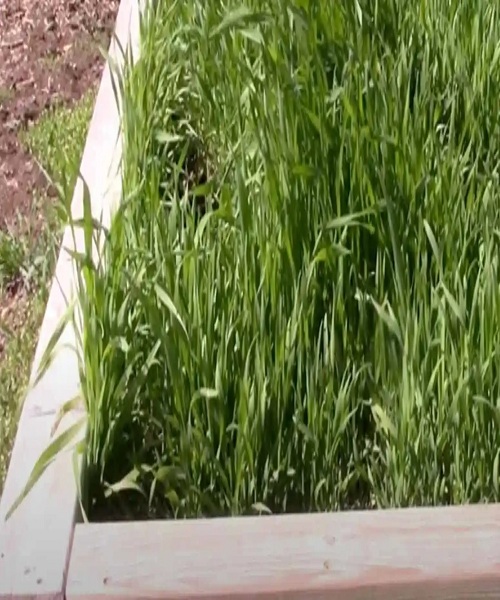
How To Protect A Garden Without Using A Cover Crop
Shredded leaves, straw, or grass make an acceptable substitute. The leaves and grass are great because they prevent soil erosion and weed seed germination while also returning nutrients to the soil as they decompose throughout the winter.
In the absence of a suitable cover crop or other natural covering, a garden should be tarped. By covering it, you can prevent erosion and kill any weeds that might be growing there. That’s a lot more preferable than seeing a weedy garden when spring comes around.
